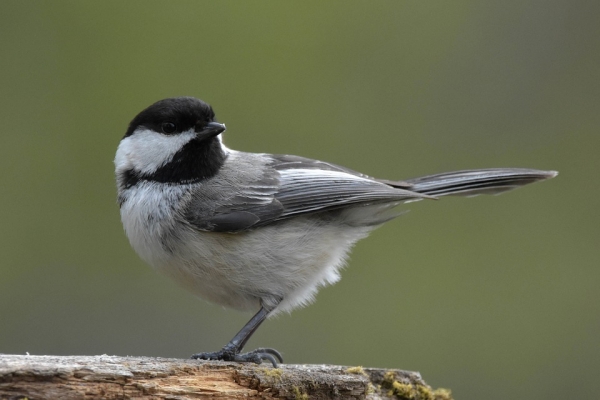For humans, the early days of the COVID-19 pandemic were a stressful time, marked by fear, isolation, canceled plans and uncertainty. But for birds that inhabit developed areas of the Pacific Northwest, the reduction in noise and commotion from pandemic lockdowns may have allowed them to use a wider range of habitats in cities.
A new University of Washington study led by Olivia Sanderfoot reports that many birds were just as likely to be found in highly developed urban areas as they were in less-developed green spaces during the peak of the COVID-19 lockdowns. The paper was published Aug. 11 in the journal Scientific Reports.
“Our findings suggest that some birds may have been able to use more spaces in cities because our human footprint was a little lighter,” said Sanderfoot, who completed the study as a doctoral researcher in the UW School of Environmental and Forest Sciences and is now a postdoctoral scholar in the Department of Ecology and Evolutionary Biology at the University of California, Los Angeles.
“For about half of the species we observed, neither land use nor canopy cover had an effect on their site use. That’s very interesting, because we would expect that whether a habitat was mostly covered in concrete or vegetation would tell you something about what birds would be there,” Sanderfoot said.
Read more at University of Washington
Photo Credit: JackBulmer via Pixabay


